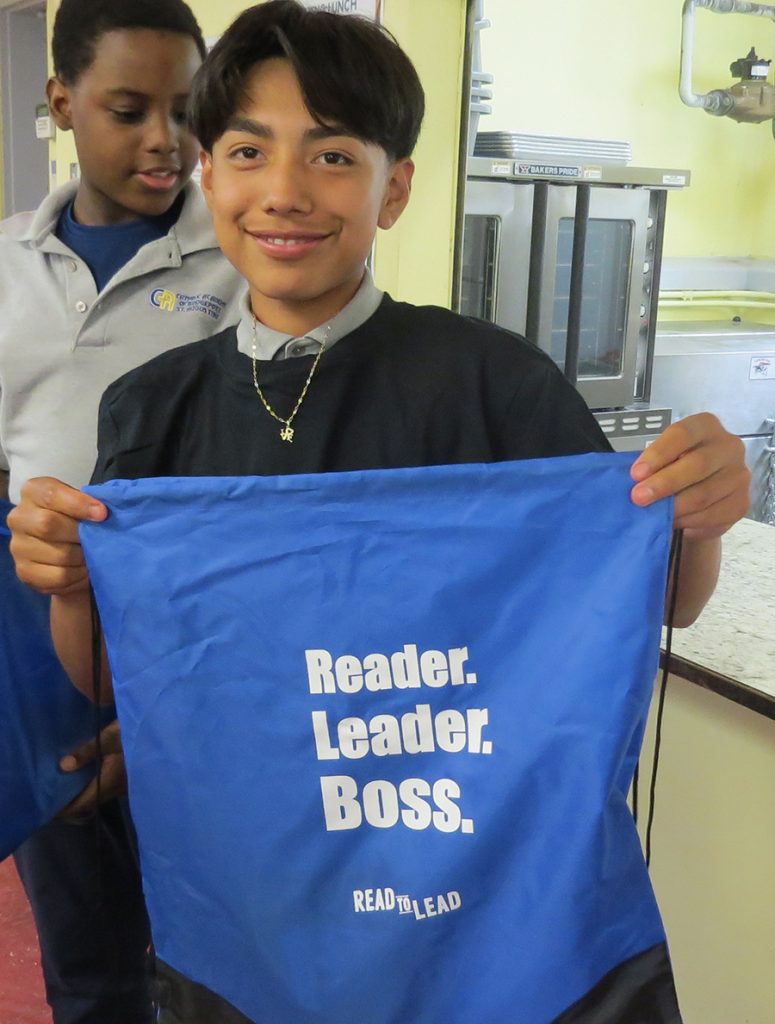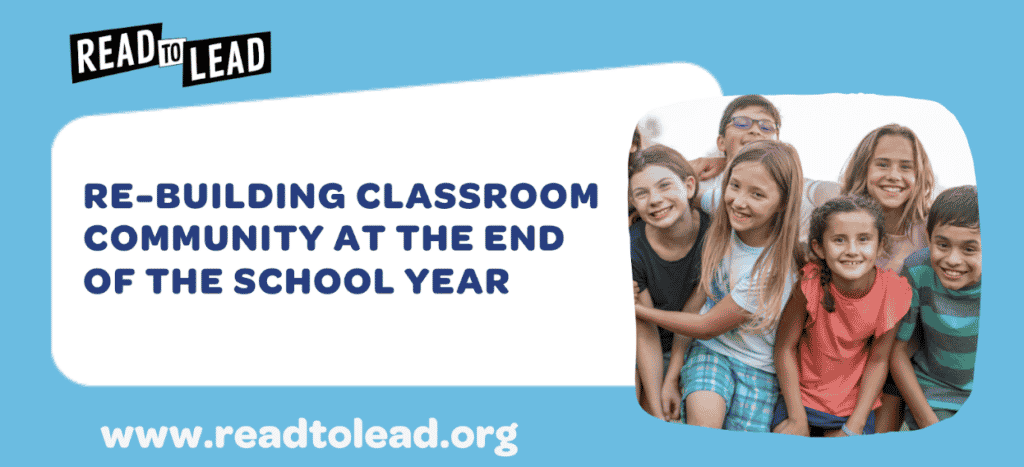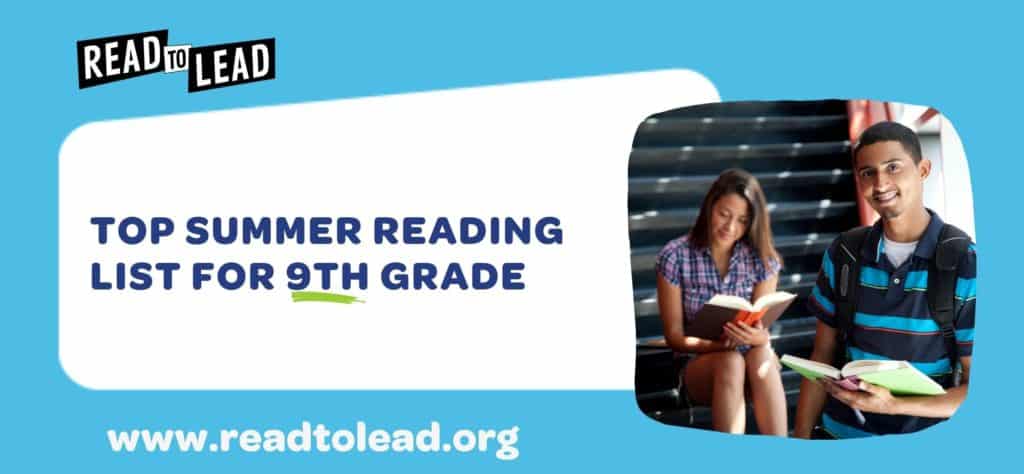Connecticut educator Cathy Rubano has been a teacher for over two decades, and while her teaching style has evolved over the years, one of her main goals remains constant: “I try to find as many ways possible to get my students to read.” One of the ways she does this is by using game-based learning, including Read to Lead. Ms. Rubano has been working with Classroom, Inc. since before Read to Lead, back when the program was only available on CD-ROM. She’s found that the game-based approach to teaching literacy and vocabulary really works for her students.
 She currently teaches 7th grade at St. Augustine Academy in Bridgeport, and sees today’s middle school students as totally technology-based kids. Using the Read to Lead program in her classroom gives her students a sense of autonomy, and the instant feedback allows her to see who is struggling, and where they need additional help.
She currently teaches 7th grade at St. Augustine Academy in Bridgeport, and sees today’s middle school students as totally technology-based kids. Using the Read to Lead program in her classroom gives her students a sense of autonomy, and the instant feedback allows her to see who is struggling, and where they need additional help.
Building Tomorrow’s Leaders
Ms. Rubano teaches in a diverse school district that includes students from different countries, and with varying levels of English language skills. She sees Read to Lead as a way to bring them together and help them own their learning. In addition to building leadership, literacy and vocabulary skills, the program helps them think about their lives after high school.
“Many of my kids are from other countries, or their parents are from other countries, so they don’t even know about these careers, or what’s demanded,” Ms. Rubano said. “Read to Lead exposes them to the real-world in terms of what careers are available, how you respect someone at work, and what it means to be a boss. For many of my students, their parents never finished high school. Read to Lead exposes them to new pathways.”
Game-Based Learning as Part of Regular ELA Instruction
Because Read to Lead is a game-based program, students are able to engage with the content in a fun way. In her classroom, Ms. Rubano uses Read to Lead once a week, and usually spends two weeks on each episode. If a student finishes other assignments early, they can get on the computer and work on new episodes. She also uses the lesson plans that accompany each episode as an opportunity for her students to get extra credit.
“When my students use Read to Lead, they are able to go back into an episode and re-do anything they got wrong,” she explained. “It reinforces what they already know, and helps them identify what they don’t know. Being able to work independently at their own pace makes them feel like they can be successful.”
Ms. Rubano also uses the vocabulary from each episode as her vocabulary curriculum because her students are familiar with the words, having defined them and used them in sentences in the games. “Teaching words in isolation is useless,” noted Ms. Rubano. “By using the vocabulary from Read to Lead, my students can master the words because they are using them so much in the game.”
Read to Lead has had an impact on Ms. Rubano’s middle school students because it’s helped them build vocabulary and comprehension. The program has also taught them how to be a leader and make decisions in real-world workplace environments. After working with this age group for so long, she values the skills Read to Lead imparts on her students. “Middle school is where students start to take ownership of what they are learning, how they are behaving, and what they are saying.”
 Ms. Rubano’s students completed the Million Words Read Challenge in April 2019. She initially participated in the challenge because she’s always looking for more ways to get her students to read. Her students thought it was “pretty cool they read one million words,” Ms. Rubano recalled. Because they use Read to Lead so regularly, her students didn’t realize they were reading so many words!
Ms. Rubano’s students completed the Million Words Read Challenge in April 2019. She initially participated in the challenge because she’s always looking for more ways to get her students to read. Her students thought it was “pretty cool they read one million words,” Ms. Rubano recalled. Because they use Read to Lead so regularly, her students didn’t realize they were reading so many words!
To learn more about this year’s Million Words Read Challenge and how you can participate, click here!
About Read to Lead
Read to Lead uses the power of game-based learning to empower middle school students to build literacy, life, and career skills. Teachers can sign up for a free account to get started!


